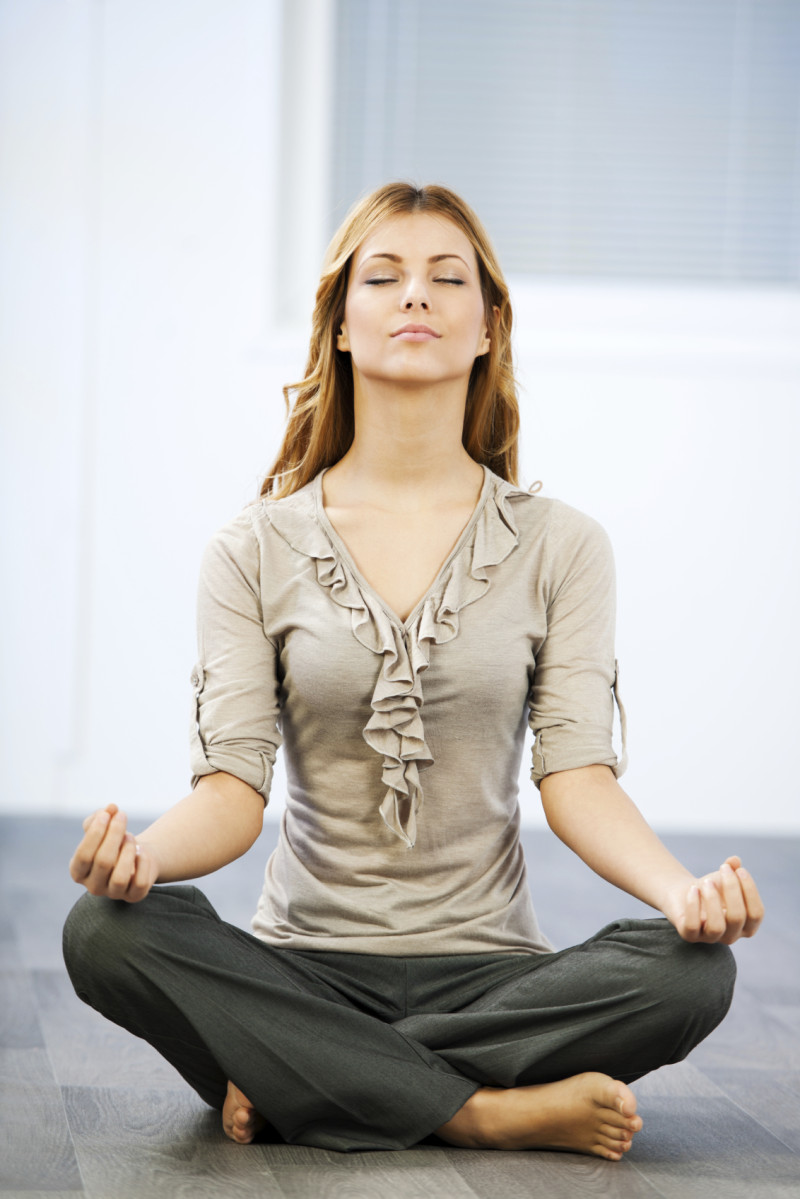
Meditation has been around for hundreds of years across many different cultures. There is evidence that even ancient peoples practiced mediation on a regular basis. Today, the practice of meditation is known to bring about positive effects in many areas of life, and more and more people are incorporating some sort of meditation into their daily routines. There are several main sitting styles or postures that meditators use which, although it seems trivial, can have a major impact on the benefits one enjoys from meditation.
Cross Legged Posture
The most popular meditation sitting style is the cross legged or lotus position, which is what many people think of when they picture someone meditating. Many images of Buddha sitting on a lotus flower show this type of sitting posture. In the cross legged posture, the spine should be straight, with no slouching, so that good circulation can be maintained and long periods of comfortable sitting can be maintained. Often it is advisable to have a meditation cushion so that the hips are angled slightly forward, enabling the back to be straight.
Seated Posture
Another common posture for meditation is seated, either in a chair or on a stool. In this posture the meditator keeps their back and spine straight, while the thighs are parallel to the ground. The back and spine should not be reclined against the back of the chair. In this posture, usually the hands will rest on the arms of the chair or on the thighs. This position is good for those who have knee or hip problems that prevent them from sitting in the cross-legged posture.
Kneeling Posture
In the kneeling posture, meditators kneel on the floor, with their backside resting on the feet. A thin pad or cushion may be placed underneath the knees and legs to relive pressure. As in the other common postures, the meditator’s hands should res on their thighs.
Corpse Posture
The corpse posture is when a meditator lies on the floor, on their back. This posture allows for complete relaxation of the entire body, and is the best for relaxation and stress reduction. For longer meditation sessions, this posture is not recommended because there is a high likelihood of falling asleep.
As with most things pertaining to meditation, the posture you use will vary depending on your body, your preferences, and what you find works best for you. Each person will have a different preference and there is no ‘one size fits all’ sitting style for meditation. We suggest trying all four of these positions at least once to determine which one is the most comfortable and the most conducive to a productive meditation practice.